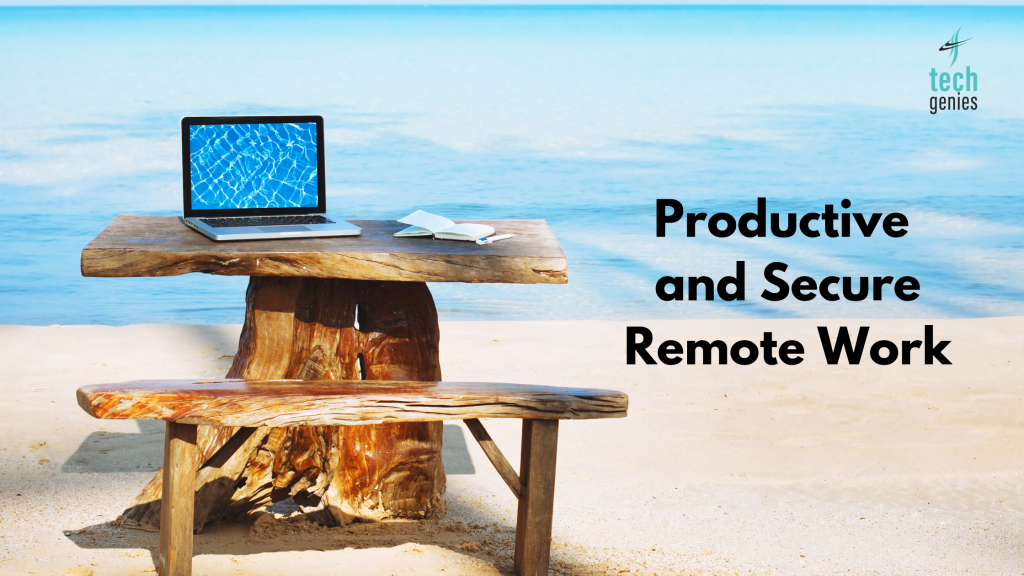At the onslaught of the COVID-19 pandemic, most business leaders were focused on a singular goal: transition as many employees to working remotely as possible.
And many have accomplished that first goal. An April Gallup poll found the number of employees who had worked from home has doubled since March, tallying a majority at 62% of employed Americans.
Racing to settle employees in home offices in a manageable way may have sufficed back in March, but now that we’re into June and still seeing no vaccine or a subsiding of cases as of this publication, businesses leaders need to set the bar higher for how they support their remote workforce. For businesses to remain competitive in an economic downturn, it is essential to ensure remote work remains productive and secure.
Many, including tech giant Facebook, are skeptical we’ll ever return to the office exactly the way we did before the pandemic. Facebook Chief Executive Mark Zuckerberg told the New York Times, “It’s clear that COVID has changed a lot about our lives, and that certainly includes the way that most of us work. Coming out of this period, I expect that remote work is going to be a growing trend as well.”
With remote work more widely embraced, businesses need to expect more from their remote software, business apps, and technology strategy.
Technology Development to Mitigate Risk
When PWC surveyed finance leaders earlier this year, 41% named impact on the workforce and the reduction to productivity as a top-three COVID-19 related concern. Now that many employees are settled safely at home, business leaders need to review their technology infrastructure, expecting more than just connectivity. A robust remote environment prioritizes three areas, according to PWC:- Staying connected with employees.
2. Analyzing and controlling security gaps in the remote workforce.
The sprint to remote work required many businesses to gloss over standard change management processes and policies, while at the same time tools including virtual meeting, live streaming automated customer support, business intelligence powered by machine learning and more online education. The flurry to connect and support employees could have left many critical questions unaddressed, including:- Which assets can remote users access?
- How carefully have these solutions been vetted?
- What file sharing and applications are employees using on the network?
- Who has access to what?
- What controls are currently in place? (And, keep in mind, they are probably controls made when most of the employees worked in the office).
- What threats are being created by employees, even if unintentionally?
- What new policies should be added for remote work?
- What other operational or regularly and compliance risks need to be managed?
